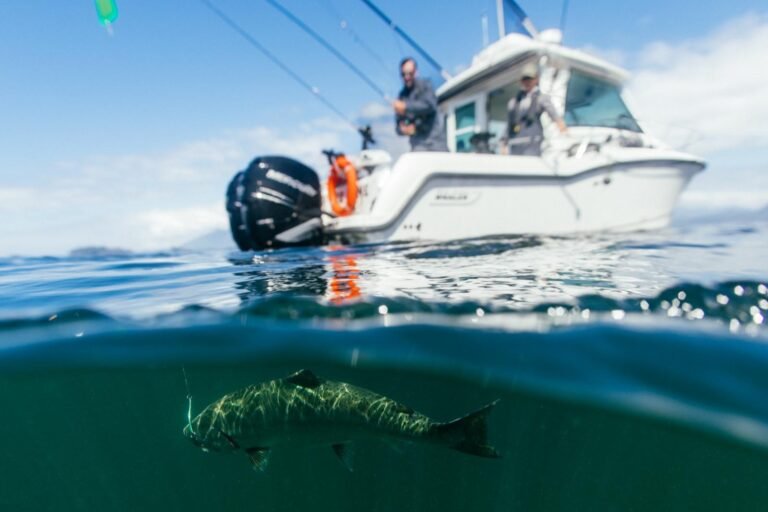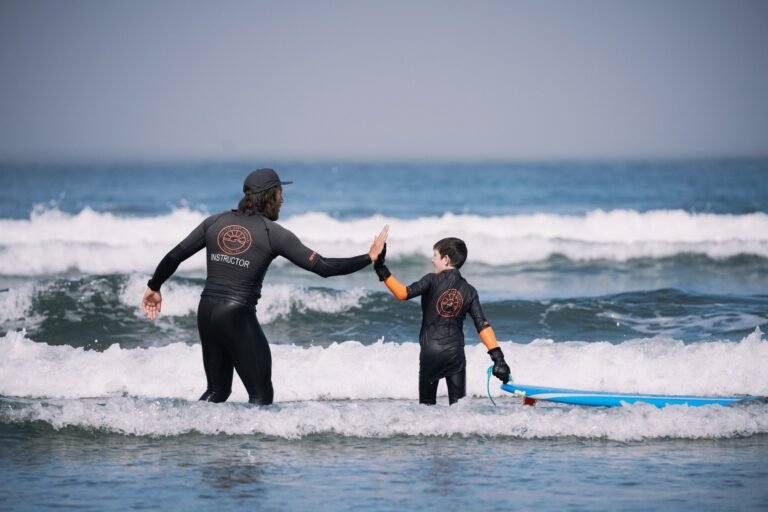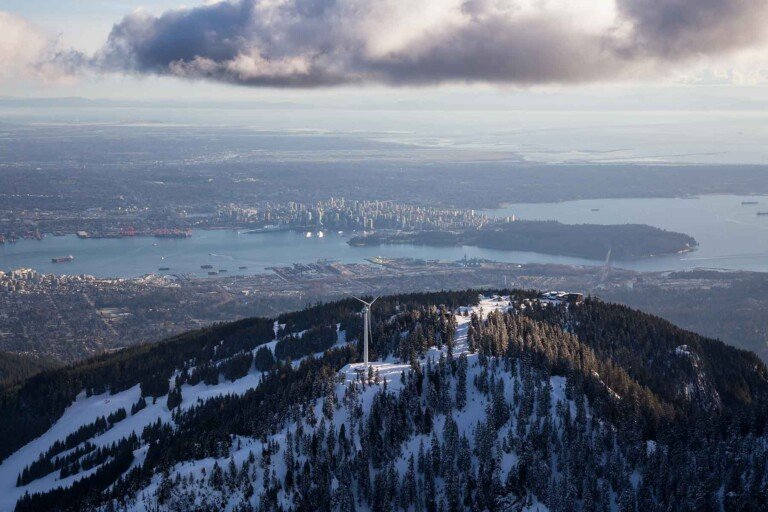Lanz and Cox Islands Provincial Park encompasses Lanz Island, Cox Island and the three ecological reserves of Triangle Island, Beresford Island and Sartine Island. Lanz and Cox Islands are part of the Scott Islands chain, however the outer three islands are provincial ecological reserves and public access is prohibited.
Formerly known as Scott Islands Provincial Park, this group of islands is located off the extreme northern tip of Vancouver Island, northwest of Cape Scott Provincial Park.
The Scott Island chain lies in the traditional territory of the Yutlinuk First Nation. These people died out in the early 1800s for a number of reasons, including the introduction of European diseases. Few signs of their existence remain today.
The 5,514-hectare park (1,992 hectares upland and 3,522 hectares of foreshore) contains remote rocky islands that protect colonies of breeding seabirds, including Cassin’s auklet, tufted puffins, common murres, pelagic and Brant’s cormorants and glaucous-winged gulls. The park also protects one of four Steller’s sea lion breeding rookeries in British Columbia. These islands also contain numerous Bald eagle nests. In recent years there has been a reestablishment of a sea otter population in the kelp beds surrounding this area.
Lanz and Cox Islands Provincial Park is one of the wildest, windiest, most woebegone locales in the province for human habitation. Journeying to either Brooks Peninsula or Cape Scott is only for those whose mettle has been tested by repeated exposure to the bellows and blast-furnace of nature in the raw. Going the extra distance to get to Lanz and Cox Islands requires even more determination – and a helicopter or boat.
Lanz and Cox Islands are undeveloped, with no facilities available.
Lanz and Cox Islands Provincial Park can be accessed by boat from Winter Harbour on Quatsino Sound on Northern Vancouver Island, British Columbia. Cox Island lies approximately 6 nautical miles off the tip of Cape Scott on the northwest tip of Vancouver Island. Lanz Island sits less than half a nautical mile further west.
Due to the extreme weather conditions and sea states that these islands can experience at any time of the year, this park receives very few visitors. The rugged, rocky coastline of these islands provides poor access for boaters and the steep slopes of the islands makes travel onshore near impossible. Only extremely experienced boaters should consider visiting these islands, as they experience open Pacific Ocean weather conditions.
Recreational boaters wishing to observe the wildlife should respect the ecological reserves and observe the wildlife colonies from an appropriate distance offshore. Boaters can reference marine chart #3625 (Scott Islands) for more information on this area.
Nearby Regions & Towns
Park Notices





